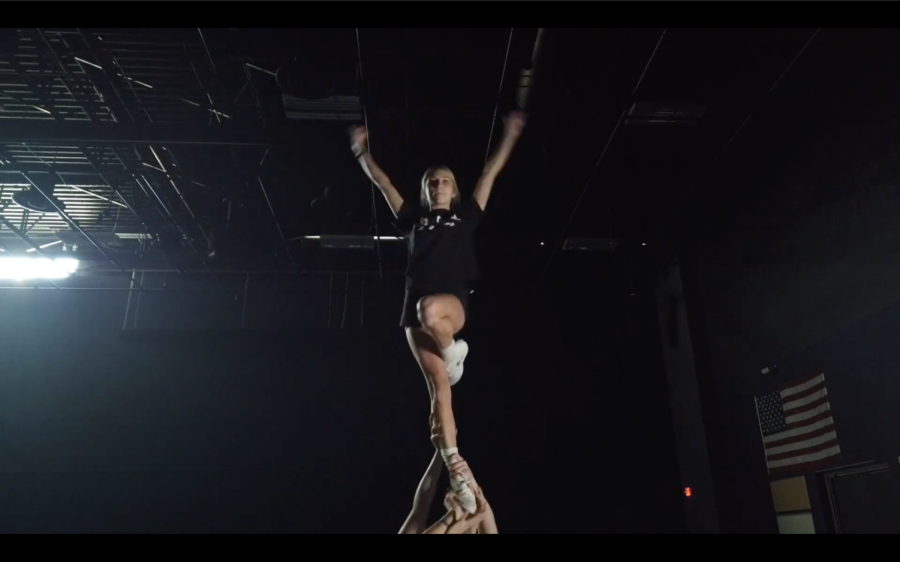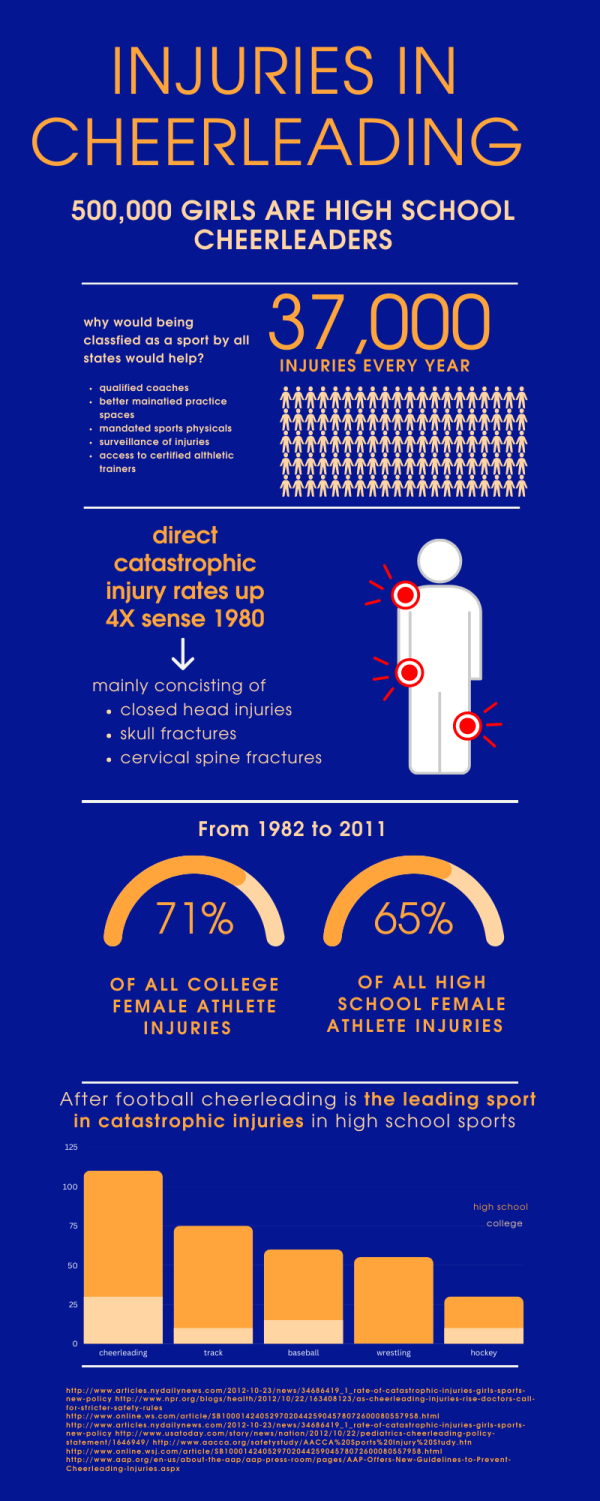Is Cheer a Sport?
May 12, 2023
The History of Cheerleading Becoming a Sport
Cheerleading is a sport that has changed and grown significantly over the years. Originally, cheerleading was viewed as a way to cheer on traditional sports during their games, but over time, it has become its own sport. Here is a timeline of the history of cheerleading:
1898: The first organized cheer was made at the University of Minnesota. Johnny Campbell led a group of men in a cheer that said, “Rah, Rah, Rah! Ski-u-mah, Hoo-Rah! Hoo-Rah! Varsity! Varsity! Varsity, Minn-e-so-tah!” Which is still used at the university today.
1923: Women join cheerleading! Before this, cheerleading was considered a male-only activity. At the University of Minnesota, women were allowed to be cheerleaders for the first time.
1948: Lawrence “Herkie” Herkimer created the “Herkie” jump, which is now a common move in cheer routines. But today it is more well known as the “hurdler.” Herkimer is also known (but not confirmed) for the pom-pom as we know it today.
1960s: Cheerleading adds skills. In the 1960s, cheerleaders began including gymnastics elements into their routines, and stunts and baskets became more common.
1970s: Cheerleading evolves into a competitive sport. Cheer teams started competing against each other, and the first National High School Cheerleading Championship (the same one we see today) was held in 1978.
1980s: All-star cheerleading is born. All-star cheerleading is a type of cheerleading where individual gyms compete against each other, versus cheering for a specific team or school.
1990s: Cheerleading becomes more organized. Cheer teams start to develop more structured routines, and cheerleading competitions become more intense. Additionally, cheer is recognized as an official sport by the NCAA.
2000s: Cheerleading becomes even more athletic. Cheer routines become more physically and mentally demanding, with athletes doing flips, twists, and other advanced tumbling moves and stunts. Cheer continues to evolve into a more intense and competitive sport.
2010s: Cheer continues to grow in popularity. It is recognized as an Olympic sport, and more and more people join in on cheerleading on All-star teams and in high school and college levels.
Today, cheerleading is a sport that requires athleticism, skill, and dedication. Cheerleaders perform complex routines that require strength and coordination, and it is recognized as a legitimate sport.
Recently, there has been a push to make cheerleading safer. Cheerleading has traditionally been a high-risk sport, with a high rate of injuries. However, changes have been made to the rules and regulations surrounding cheerleading, with a focus on making the sport safer for the athletes. For example, new guidelines have been put in place for stunts and tumbling, and cheerleaders are now required to remove all jewelry.
Overall, the history of cheerleading is a crazy one, with the sport growing immensely over the years. Cheer has gone from a simple way to cheer on teams to a competitive sport that requires athleticism and skill. Today, cheerleading is recognized as an athletic sport and it continues to grow. With a focus on safety and the overall health of athletes, cheerleading will continue to evolve and thrive in the years to come.
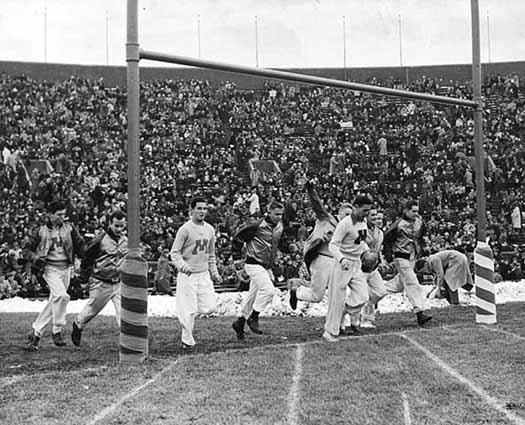
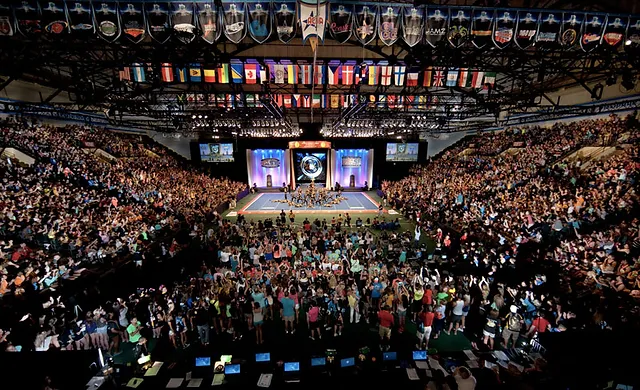
Infographic:
Interview with Annie Dokken, Jefferson cheer captain
Jefferson Varsity cheer has gone 3x national champions in the game day large tumbling division. I talked to Annie Dokken, the senior captain in the 2022-2023 season to get the inside scoop on the season.
What challenges does being on a team with such a legacy have?
The expectations and the pressure from your coaches, parents and peers to keep the legacy going and continue to win!
What has been the biggest obstacle you’ve had to overcome this season?
I guess it’s kind of a tough one, everything kinda fell into place this year but the stress and the pressure that me and my teammates experienced was something we had to learn how to deal with and overcome!
How do you get new members of the team to have a winning mindset?
The way we practice and conversations get them motivated to continue winning.
What (in your opinion) makes a winning team?
A team that is always willing to work hard, get pushed and take criticism no matter how hard it may get. Also a team that never settles until they walk off that finals mat at nationals.
What separates Jefferson from the competition?
We love what we do and love each other and it shows on and off the mat!
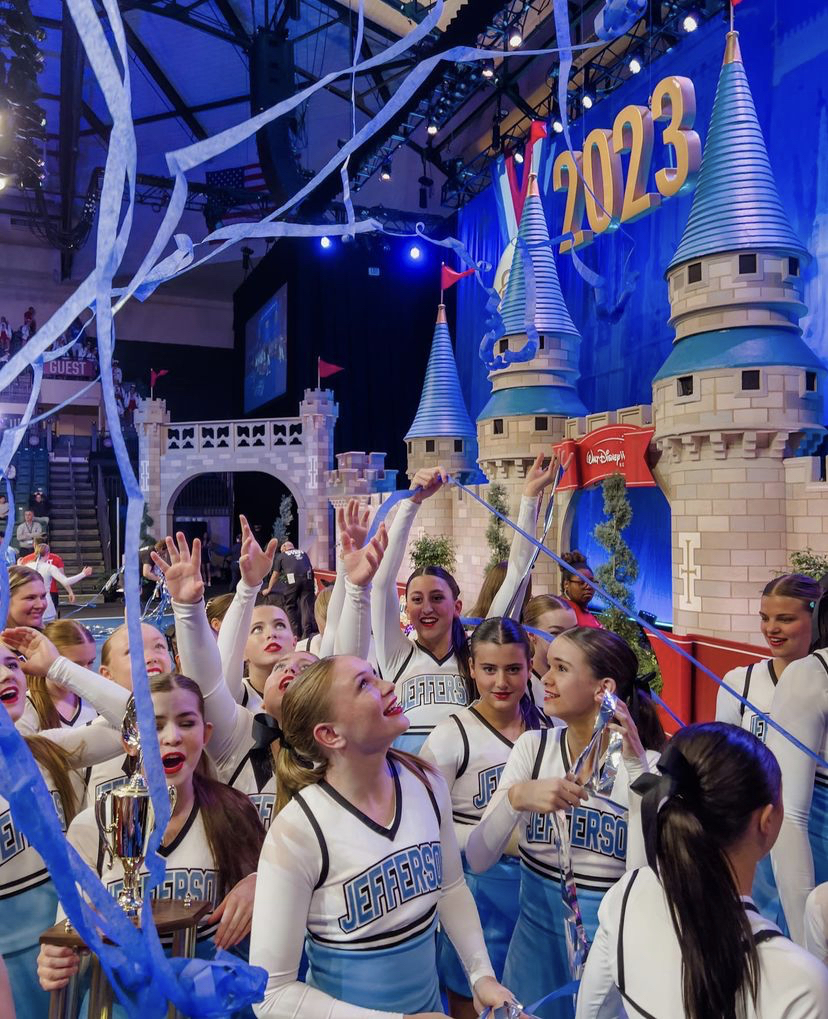
6 Step Process to Getting Back Hand-spring
6 step guide to doing a back handspring. Prior to attempting a back handspring, you should be comfortable doing a backbend, handstand, back walkover. You should also have the skill on a trampoline already. It is also important to have upper body strength and a strong core.

- Begin with pretending like you are sitting in a chair with your arms swinging backwards. Your knees should be directly over your feet. Chest should not bend forward. Head should be neutral.
- Swing your arms straight up by your ears. Still in the chair position. Let that begin to take you upwards.
- Halfway through your arms swinging upwards. Follow that momentum by jumping off the ground through your toes. Keep legs together and core tight.
- During the jump, follow your hands with your eyes. Letting that take you backwards.
- Watch your hands hit the floor. Your fingers should be pointing up, together, and away from your face. While they hit the ground push through your shoulders and straight arms, creating a “block”. Also continue to keep your core muscles activated, especially through this point of the skill.
- Use your already activated core to snap your legs down back to the ground. While using that same snap to bring your head up. During this your hands should push off the ground and go directly to your sides.

